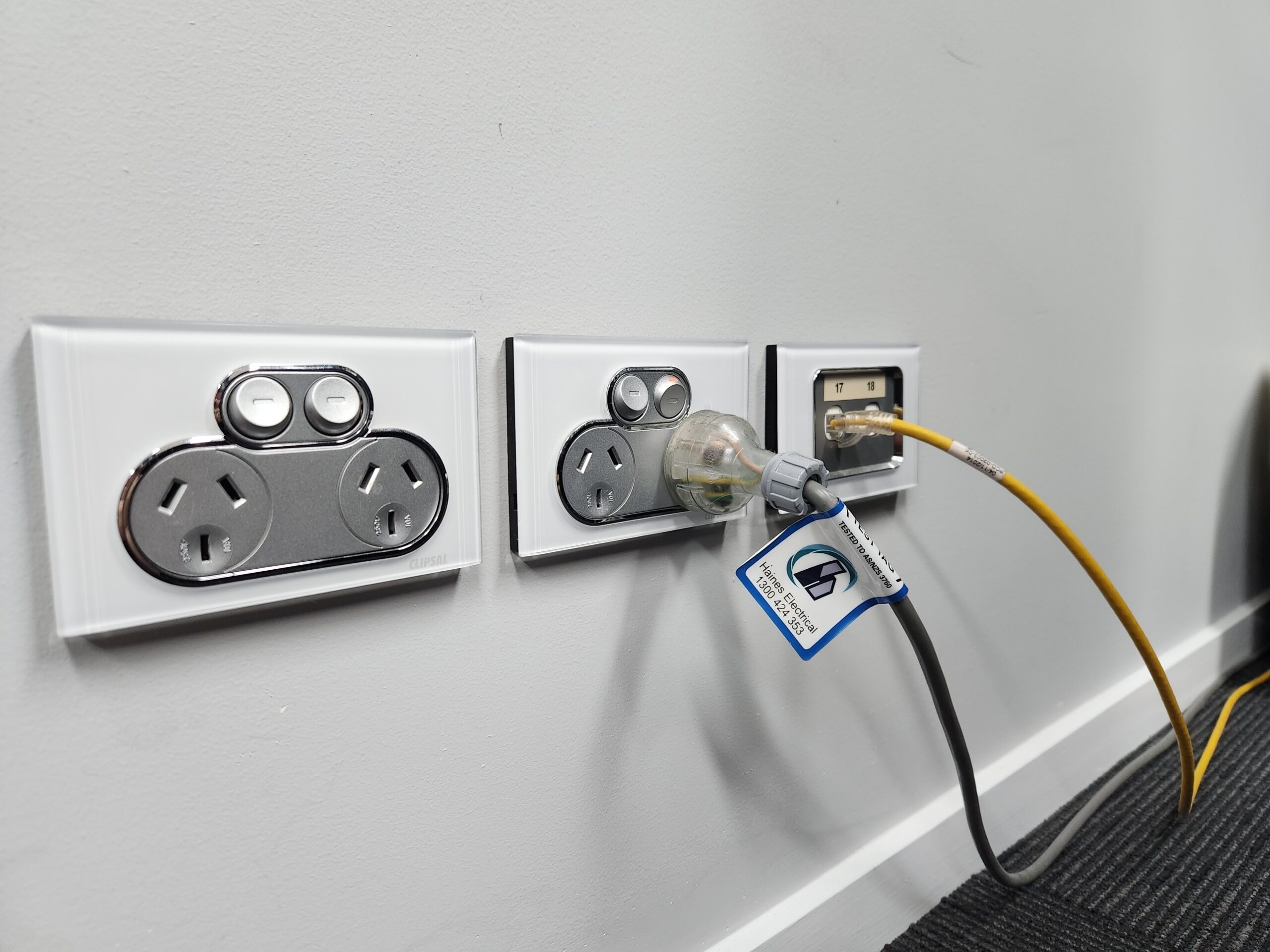Are you keeping up to date with your workplace test and tag requirements? Do you know if your workplace is compliant? If you’re not already aware, testing and tagging is a necessary part of workplace safety regulations and the test and tag procedure should be a regular part of any business’ electrical maintenance.
If you’re not exactly sure on what testing and tagging involves, or what kind of commercial equipment you need to test and tag, then this article is a good place to start. Let’s take a closer look into commercial test and tag services.
What does the test and tag process involve?
Testing and tagging (or electrical testing) is the process of testing your equipment for electrical safety. There are two main reasons to do this. First and foremost, it ensures safety for the people in your workplace who will be coming into contact with the equipment. Secondly, it minimises the risk of any electrical hazards potentially causing damage to your commercial electrical equipment.
All current testing and tagging checks are subject to the Australian safety standards, which is why most businesses choose to have a licensed electrician complete the procedure.
The test and tag procedure consists of two parts. First, you need to visually inspect the appliance for any damage, and second is to electrically test the appliance with a special testing tool. A professional electrician will use a Portable Appliance Tester. This is the latest equipment that can diagnose any technical issues and determine the functionality of an electrical device.
Test and tag services normally include the following procedures:
- Visual and physical inspection
- Check for any external damages
- Insulation tests
- Earth circuit test
- Functionality test
- Run/Leakage test
- Polarity wire test
- Check for any faulty accessories, plugs or socket outlets
- Inspect supply cords
- Check for tangled or exposed cords that may become tripping hazards
- Inspect power boards: make sure that the ‘maximum load’ indicator is visible and easy to read.
Once each electrical item has been tested, it is tagged to confirm its functionality. The tag will clearly display who performed the test, the date of the test and when the next test is due.

Importance of Test and Tagging Services
Safety in the workplace starts with an ‘electrical test’. In Brisbane, the importance of test and tagging is crucial to for your safety compliance. They are comprehensive electrical safety inspections, delving into your workplace’s electrical system. With Haines’ specialised electrical testing services, every piece of equipment tested is done so, searching for potential risks. This. is where tag services come in, providing a clear, date-stamped endorsement of safety. There must be meticulous attention during the test and tag process to ensure that each item is certified safe for use, protecting not just your equipment, but more importantly, your people.
Understanding the Tagging System
Once a piece of equipment passes its electrical test, it receives a tag. This is a visible pledge that the equipment has passed appliance testing and a form of risk assessment. The tag is affixed to an array of electrical appliances, being a simple, yet profound marker. An electrical test should not be conducted only once, but revised to ensure there is a high quality of maintenance, it is a dynamic reminder that the tag services are an ongoing dialogue between safety and service, ensuring the test and tag cycle continue to revolve with care. Choose Haines Electrical for your tagging services.
Longevity Within Test and Tag
Being able to conduct efficient, accurate electrical test operations within your business is crucial to its equipment longevity and quality. At Haines, we have a commitment to operational excellence and safety, which includes every clients electrical test. By regularly performing test and tag maintenance, your business safeguards their operations against electrical emergencies, providing your building with a safe environment. With different types of equipment having varying electrical testing services and frequencies, it’s best to keep a record and comply with the recommended tagging services revisits.

What electrical equipment requires a test and tag?
As a starting guide, here is what electrical equipment needs to be tested and how often:
- Power Tools, Commercial Kitchen Equipment, commercial vacuum cleaners should be tested every six months.
- Portable laptops, surge protectors, kettles, toasters, coffee machines in staff rooms, Phone chargers should be tested every twelve months.
- Fixed electrical equipment such as computers and fridges should be tested every five years.
Do you have an electrical Maintenance or test and tag Program in Place?
If you operate a commercial business it is your duty to ensure the safety of your staff and visitors. The best way to limit their possibility of electric shock is by setting an electrical maintenance program to ensure your electrical equipment is kept in good working order.
At Haines Electrical, we work with commercial businesses to manage regular test and tag maintenance so they stay compliant with regulations and have records kept of all the information in a test and tag register. This includes the current date and next required retest date. If you need to set up a test and tag program in your business, contact Haines today on 1300 084 303 or send us a message online.

